
We're putting Marie's mason jar knowledge down on paper and creating some videos and blog posts to answer your most frequently asked questions about mason jars!
First up:
Q: How do you freeze food in mason jars? When I try to thaw food that I’ve frozen, the jars always crack!
A: We freeze food in mason jars ALL. THE. TIME. There are a few basic tips to keep in mind when you fill and freeze mason jars but, once you’re armed with that knowledge, freezing in jars will become a super useful tool in your meal planning arsenal!
Watch Marie’s video tutorial for a complete walk-through of how to freeze food in mason jars.
If you watched the video linked above, you’ll have seen that we suggested that there are 2 main things to know to be successful at freezing in jars. But, we’re breaking that down even further to these 3 key takeaways:
- How to select the right mason jars to use for freezing
- How to fill/prep mason jars for freezing
- How to thaw frozen mason jars properly
These tips apply to ANY kind of food you wish to freeze. Whether its a big batch of chili, like in Marie's tutorial video, or a seasonal canning favorite like strawberry freezer jam, as show in photos throughout this post, follow these tips for success!
First, let’s talk about which mason jars you should reach for when you’re planning to freeze food in jars.
The number one thing to remember is that you want to use mason jars that have STRAIGHT SIDES.

You DO NOT want to use regular mouth pints or wide mouth quarts, because when food freezes it expands and the tapered sides and shoulders will not allow the food to expand UP. Instead, the food will expand OUT and that will cause the mason jar to crack.
With a straight-sided mason jar, food can expand straight up rather than out as it freezes.

Alternatively, mason jars that taper out to the opening can work as well.
If you have no other option than to use a tapered mason jar, only fill about half way so there is plenty of room for the food to expand up without cracking the jar.
Second, here are a few important things to keep in mind when you are filling your mason jars to freeze.
Use a funnel and a large spoon, like a soup ladle, to fill jars. If you overfill just use a smaller spoon to take a bit out of the jar.

Don’t fill your jars too full. Always leave a little headroom so that the food can expand up without cracking the jar. A good general rule is to fill jars up to the rim (before the screw lines). If the food is really liquidy, then opt to leave more room. More liquid means more expansion and trust us, you are better SAFE than sorry!

Seal the filled jars with a lid. We prefer to use two-piece lids. You can reuse lids over and over again for freezing, not just one time use like for canning.

Leave rings loose while the food is freezing. This leaves some room for air to escape as the food freezes and expands. Once the food is completely frozen, go back and tighten the rings (be sure to tighten the rings before you thaw!).
Don’t forget to label your jars! We like to put chalkboard labels on the flat lid and use a pastel chalk pencil to write on it. Pastel chalk pencils are waxier than a typical piece of chalk, making it easier to write with and more permanent.

You can also use a Sharpie to write directly on the metal flat lid. Rubbing alcohol can be used to get the writing off when you need to relabel.

And finally, it’s time to thaw some mason jars and enjoy a ready-made meal! Here’s what you need to know about how to thaw jars without cracking them.
Bring your mason jars out of the freezer and place them into a sink or bowl full of cold water. Check that the rings are on tight before you place the jars in the water, or you will end up with water seeping into the jars. The water should come just to the top of the jars, and not over them.
After about 5-10 mins of sitting in the cold water, check the lids to make sure they are still tight, and then you can begin to add warm water as you drain out the cold.
Once the water is warmer throughout, then you can completely drain the sink and turn the tap to hot.
Adjust the temperature of water and length of time the jars sit in it according to how quickly you need everything thawed.
Once the outside of the jar has thawed you should be able to scoop/pop out the semi-frozen clump of food. You can then put your food into a pot and heat it up to eat, stirring occasionally until it reaches the desired temperature. Microwaving the food is also an option.
The most important thing is to slowly adjust the temperature of the water from cold to hot so that the mason jars can slowly warm up and begin to thaw. A drastic change in temperature is one of the reasons mason jars will crack.For example, if you were to run a hot tap over a frozen mason jar it would probably result in the jar cracking.
Well, there you have it! Probably more information than you thought you were in for but if you follow these simple tips you’ll become a pro at freezing food in jars… and maybe you’ll need to invest in a bigger freezer!


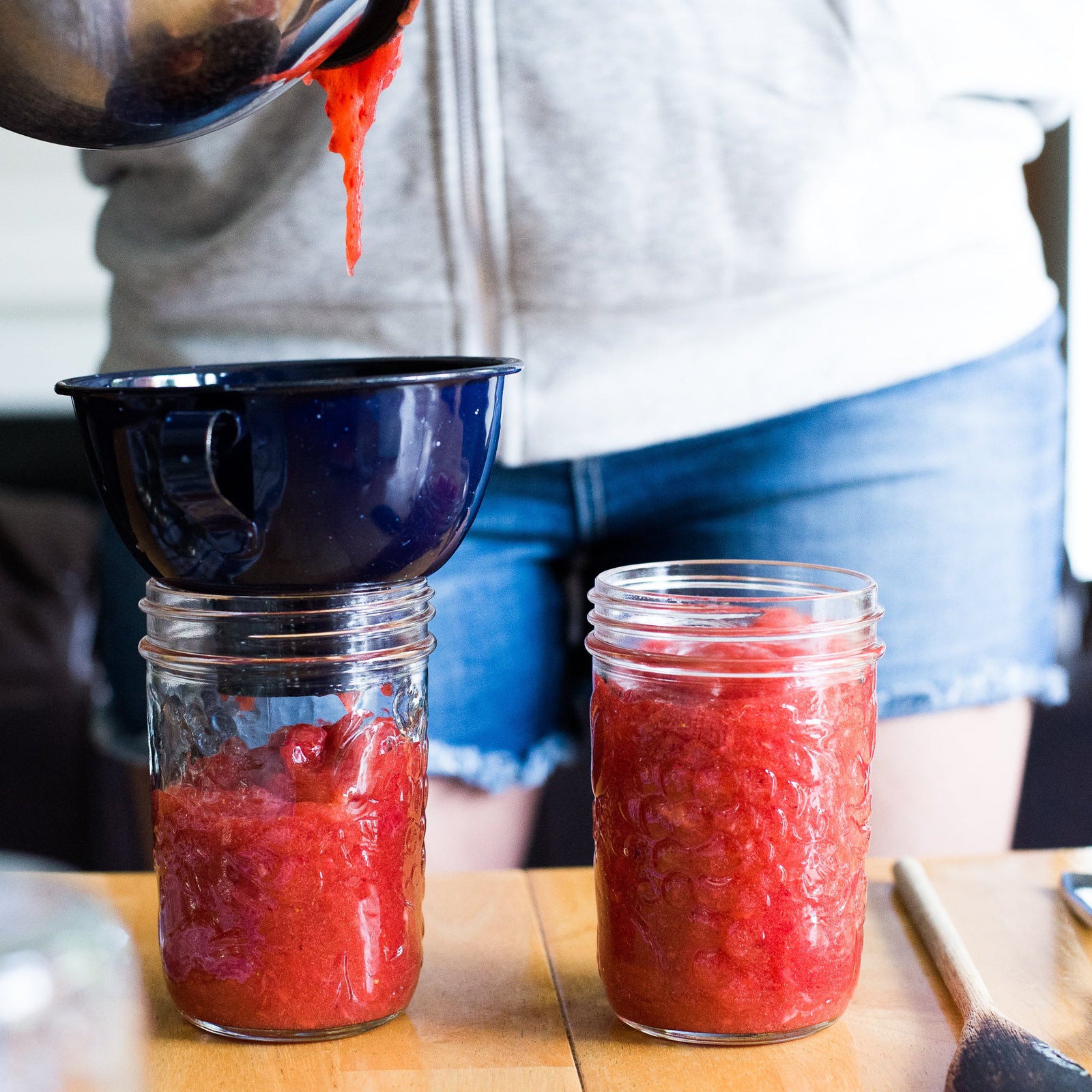
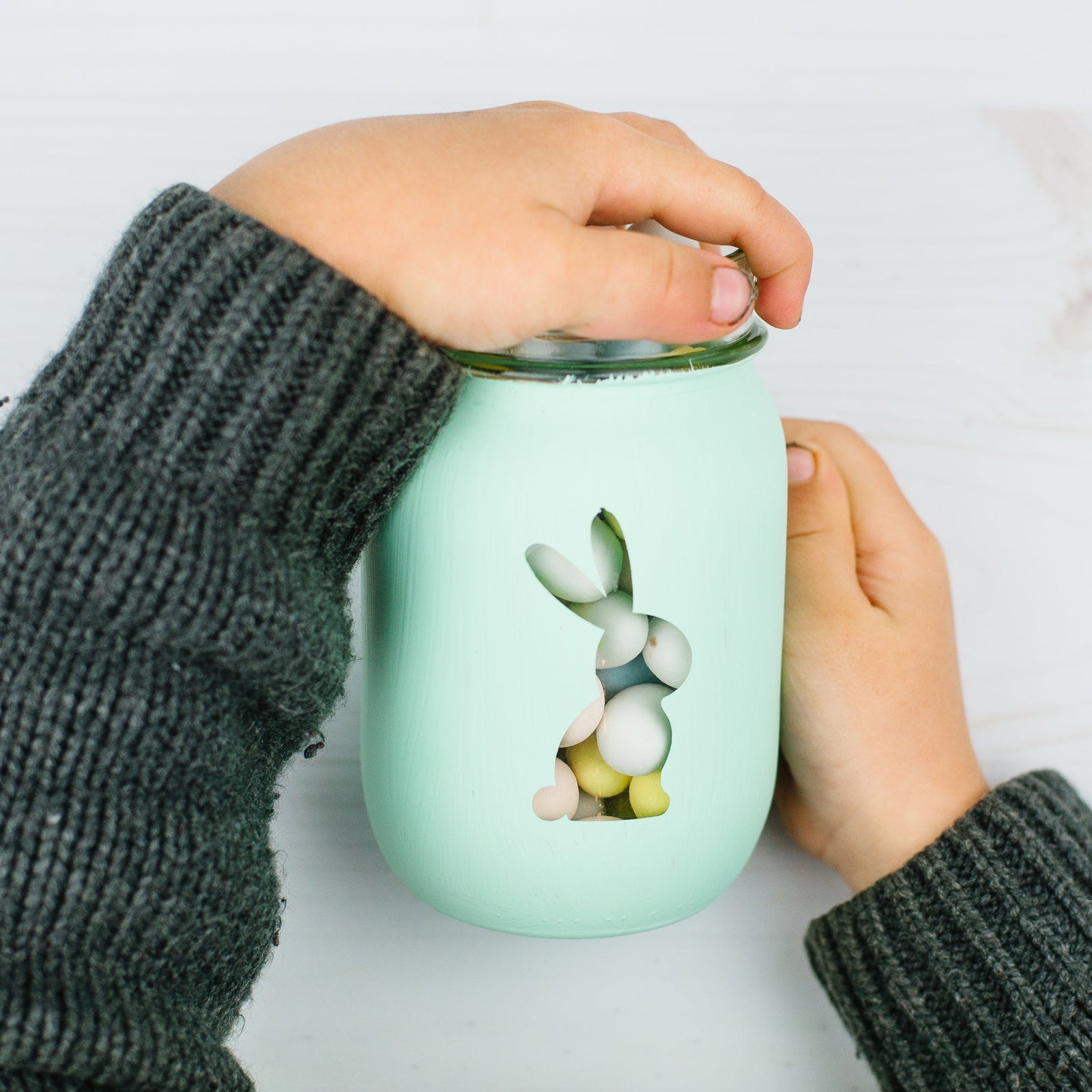
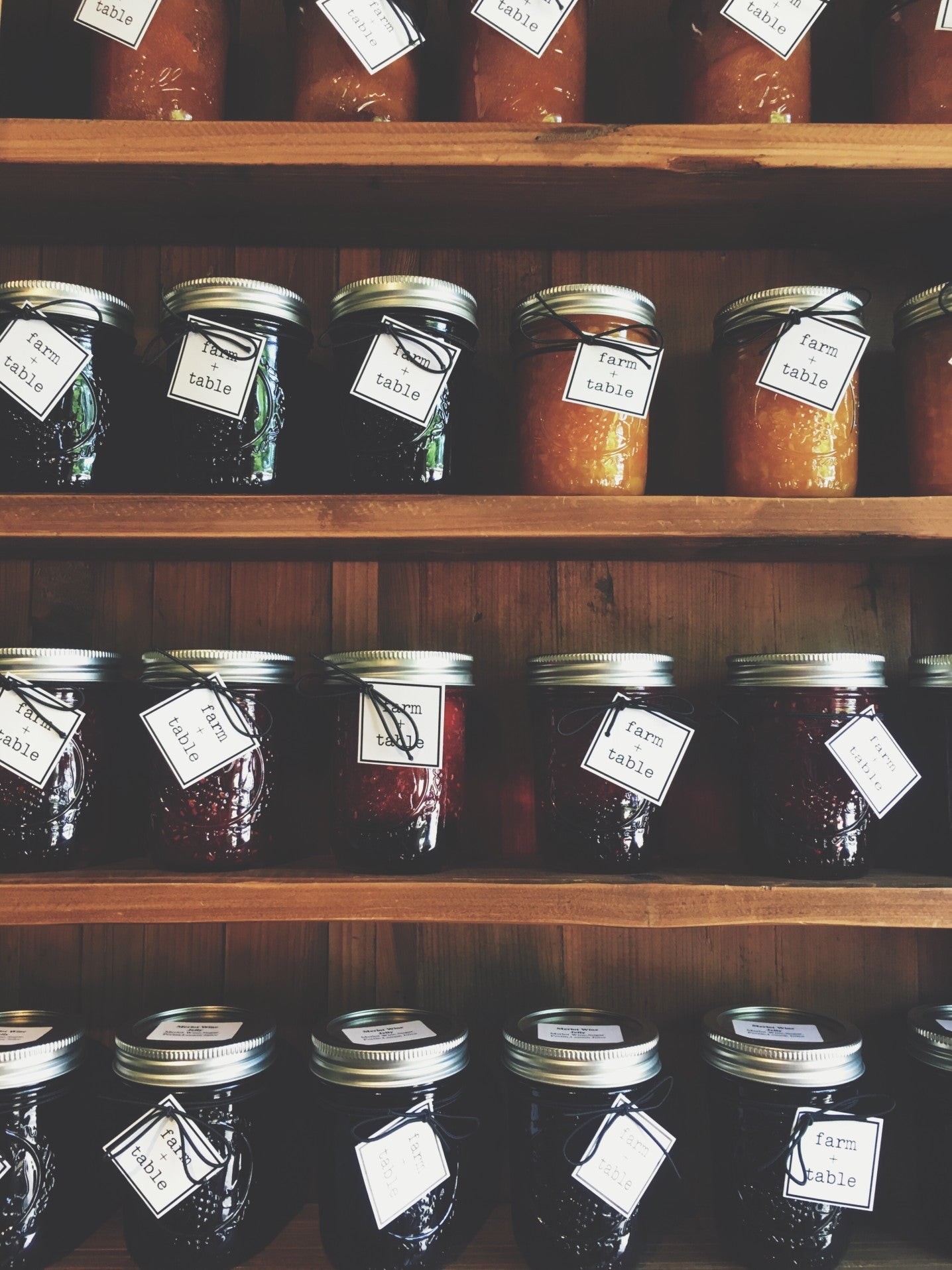

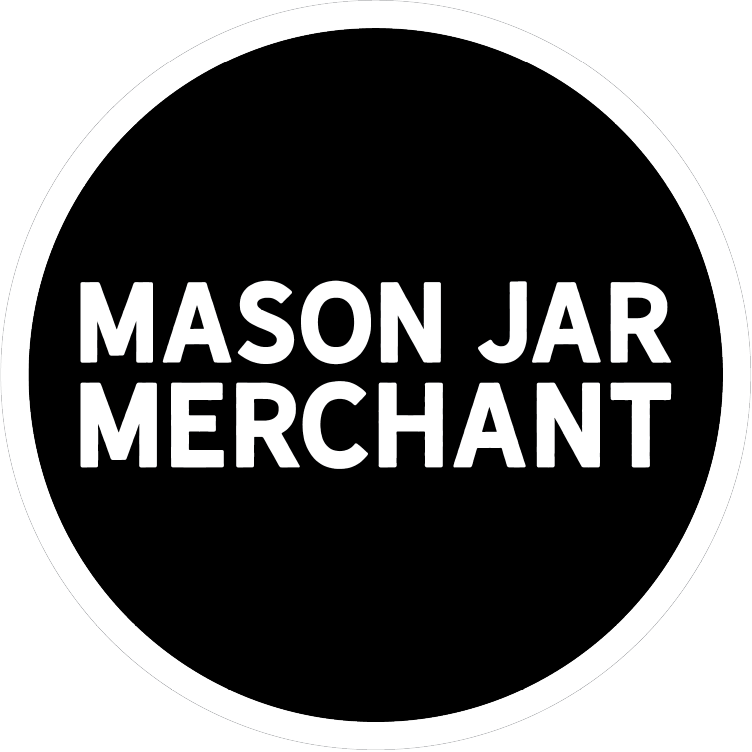
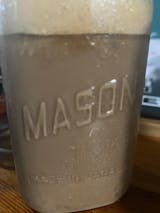
Beverley Burgess Bell
April 06, 2022